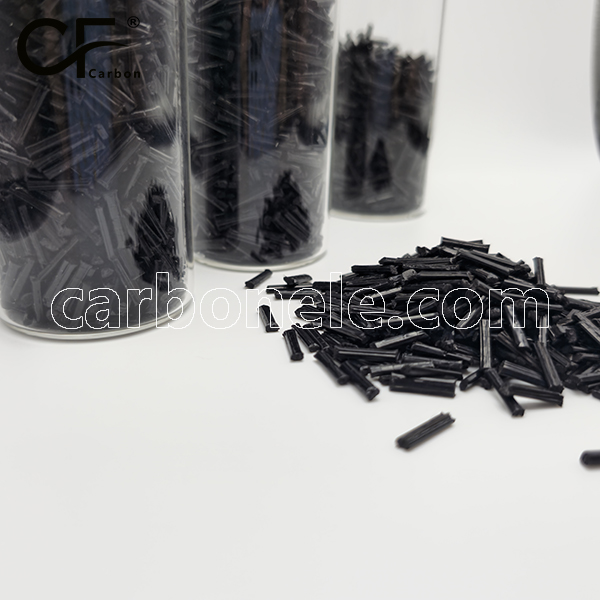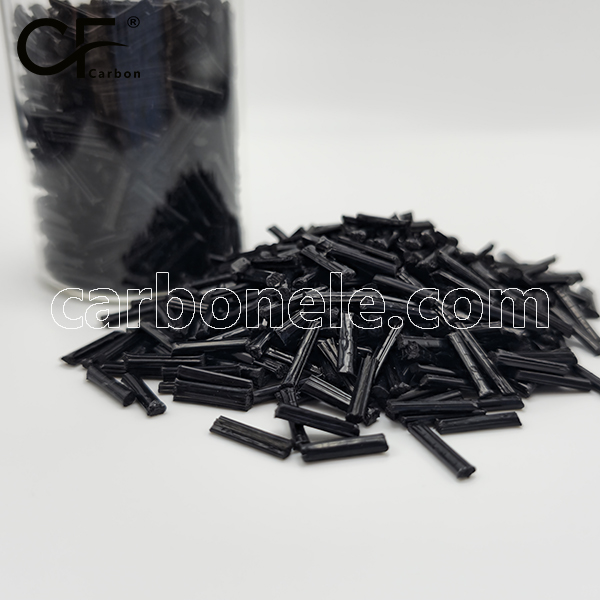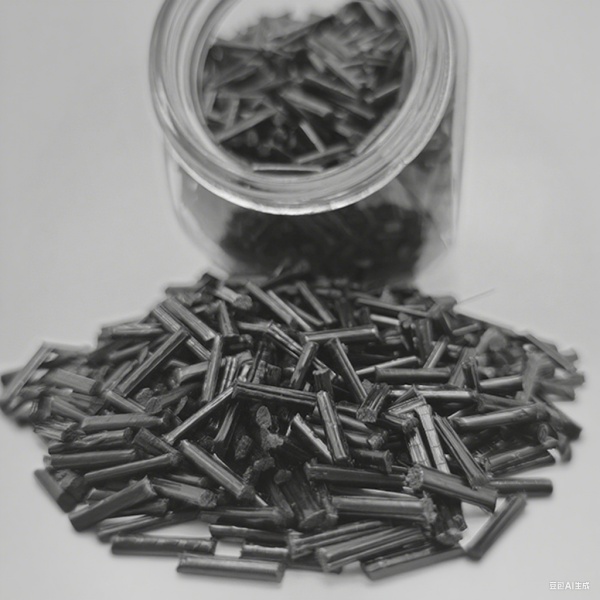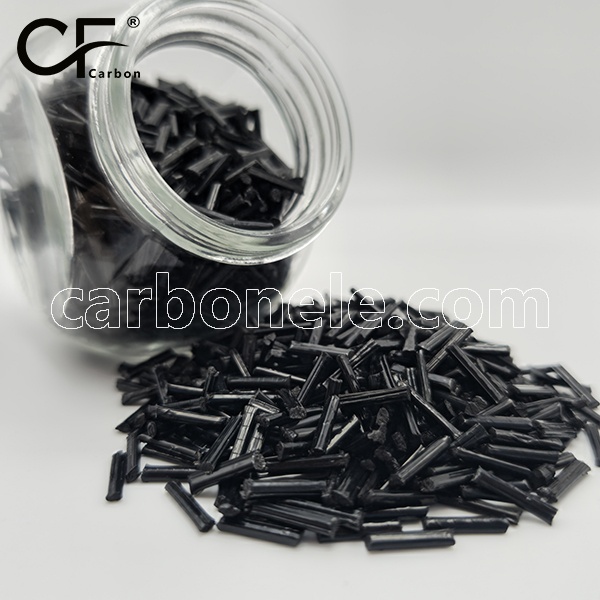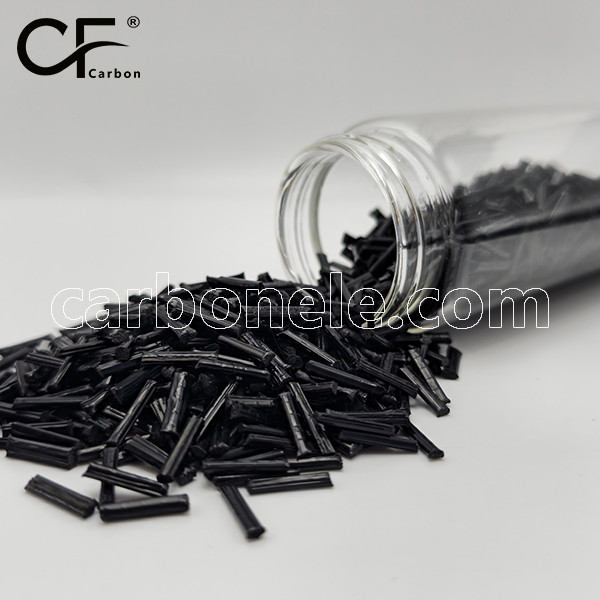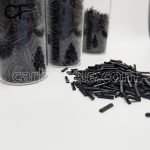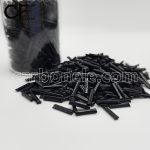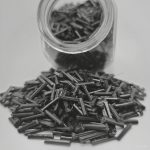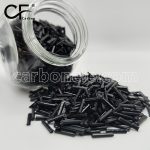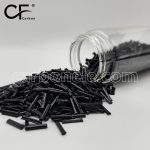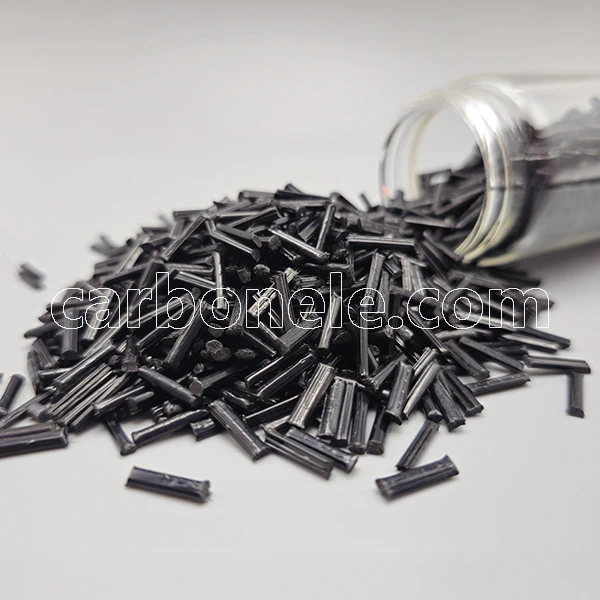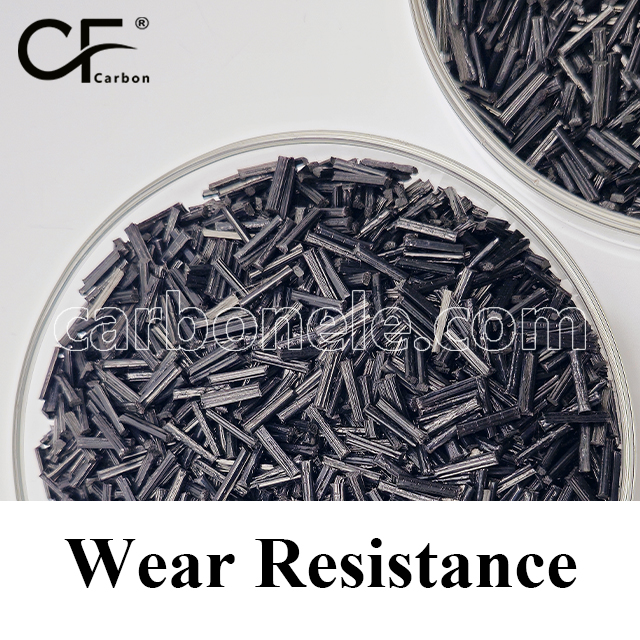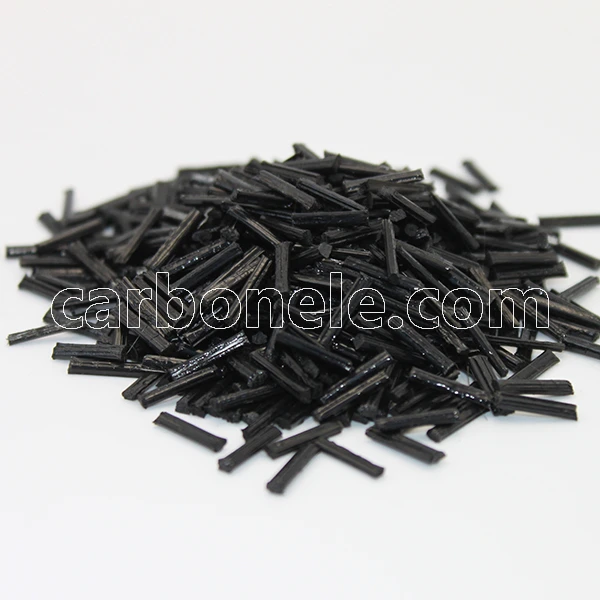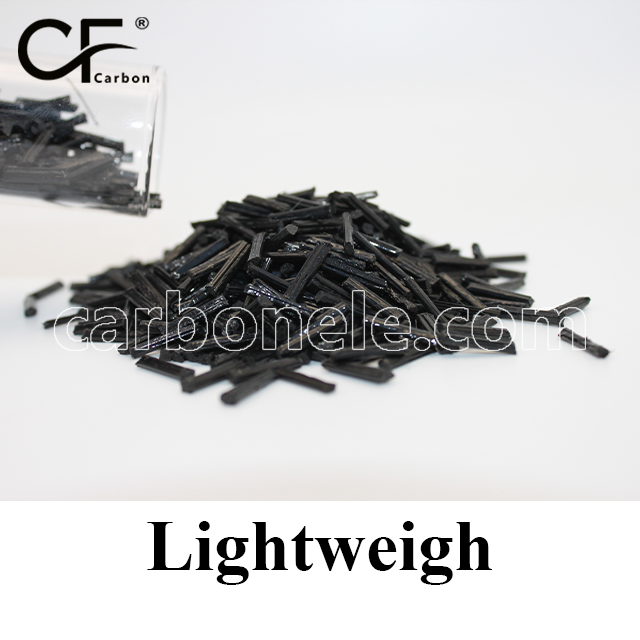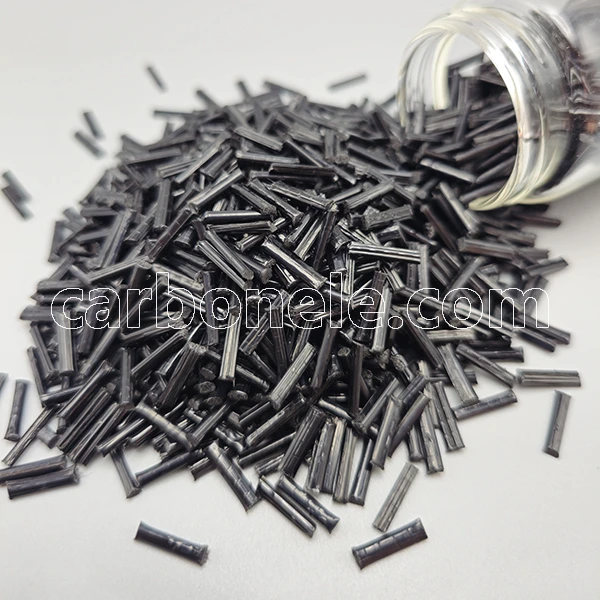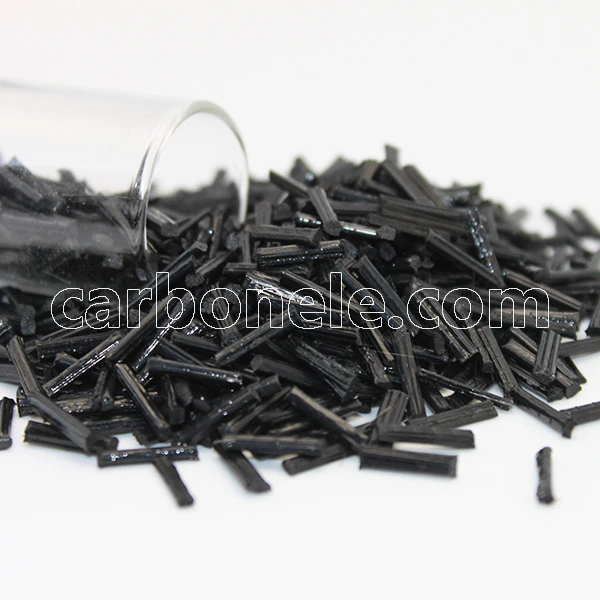
PEEK-LCF20 Composite – Aerospace-Grade Heat-Resistant Parts
Discover PEEK-LCF20, the aerospace-grade composite for extreme heat & high stress. Engineered for superior strength-to-weight ratio & chemical resistance in critical applications.
- Model number: PEEK-LCF-BCA2
- Matrix Resin: Polyetheretherketone (PEEK)
- Reinforcing Filler: Carbon fiber
- Appearance: Granules
- Grade: Injection/extrusion grade
- Packaging: 25kgs/bag
PEEK-LCF20 Composite – Aerospace-Grade Heat-Resistant Parts
In the relentless pursuit of aerospace excellence, where every gram and every degree Celsius dictates performance and safety, the materials chosen are the unsung heroes of innovation.
The journey from a groundbreaking design on a computer screen to a roaring engine propelling a aircraft through the stratosphere is paved with immense engineering challenges.
Among the most critical is the management of extreme thermal and mechanical stresses encountered within the heart of a modern jet engine.
Conventional metals, while strong, often carry a punitive weight penalty and can succumb to fatigue. It is within this crucible of demanding requirements that advanced polymer composites truly shine.
This document delves into the exceptional properties and a pivotal application of one such material, a high-performance thermoplastic composite renowned for its unique combination of characteristics, a material known as PEEK-LCF20.
This specific grade of polyether ether ketone, reinforced with a specialized carbon fiber formulation, represents a significant leap forward in the creation of lightweight, incredibly durable, and heat-resistant components that are essential for the next generation of aerospace technology.
The integration of PEEK-LCF20 into critical systems is not merely an incremental improvement; it is a transformative approach to solving some of the most persistent challenges in high-performance engineering.
The essence of PEEK-LCF20 lies in its sophisticated composition, a marriage of a superior polymer base and a purposeful reinforcement.
The base polymer is a member of the polyaryl ether ketone family, a class of materials celebrated for their robust molecular backbone that provides an innate resistance to thermal degradation and chemical attack.
This inherent stability is the foundational property upon which the composite is built.
However, to meet the extraordinary demands of aerospace applications, this base polymer is compounded with a precise loading of a specific type of carbon fiber.
These are not standard carbon fibers; they are engineered to a shorter length and are meticulously dispersed throughout the polymer matrix.
This specific reinforcement strategy is crucial. It transforms the already capable base polymer into a composite material with dramatically enhanced mechanical strength, exceptional stiffness, and markedly improved resistance to deformation under load at elevated temperatures.
The fibers act as an internal skeleton, bearing the structural loads and dissipating energy, while the PEEK matrix binds them together and provides resilience against the operational environment.
The result is a composite material that is not just a simple mixture but a synergistic system where the whole is profoundly greater than the sum of its parts, offering a performance profile that is meticulously tailored for the most challenging environments on earth and beyond.
The Demanding Environment of a Jet Engine Compressor
To fully appreciate the value proposition of PEEK-LCF20, one must first understand the brutal environment it is designed to conquer.
A modern high-bypass turbofan engine is a masterpiece of thermodynamic efficiency. Air is sucked in at the front, compressed to incredibly high pressures, mixed with fuel and ignited, and the resulting expanding gases are expelled to produce thrust.
The compressor section, typically comprising a series of rotating fan blades and stationary stator vanes, is where the initial work is done.
This is a realm of extremes. Components here are subjected to unrelenting centrifugal forces, intense vibrations, and a constant barrage of high-velocity air.
Furthermore, as air is compressed, its temperature rises significantly. The latter stages of the compressor operate in a region often called the high-pressure compressor, where temperatures can steadily climb to levels that are untenable for most engineering polymers.
Metals have traditionally dominated this space, but their weight is a constant drawback. The imperative for increased fuel efficiency drives the need for lighter alternatives, but these alternatives cannot compromise on performance, reliability, or safety.
They must maintain dimensional stability, resist creep under sustained mechanical load, and withstand exposure to aviation fuels, lubricants, and hydraulic fluids.
It is within this specific context, in the high-pressure compressor section, that PEEK-LCF20 finds its quintessential application.
A Specific Component: The PEEK-LCF20 Compressor Stator Vane
Among the myriad components within the compressor, the stator vanes present a perfect use case for the PEEK-LCF20 composite.
Stator vanes are stationary airfoils strategically positioned between rows of rotating compressor blades. Their primary function is to receive the air thrown backwards by the rotating blades, straighten its flow, and direct it at the optimal angle into the next stage of rotating blades, thereby efficiently increasing the air pressure.
While they are not rotating themselves, their operating conditions are exceptionally severe. They are bathed in the hot, compressed air, experiencing significant aerodynamic loading and pressure differentials.
They must also resist flutter—a dangerous vibrational instability that can lead to catastrophic failure. Traditionally manufactured from titanium or steel, these vanes contribute substantially to the overall engine weight.
The replacement of a metallic stator vane with a component crafted from PEEK-LCF20 is a strategic engineering decision that yields multifaceted benefits, fundamentally enhancing engine performance.
The advantages begin with a dramatic reduction in mass. A stator vane produced from PEEK-LCF20 composite is significantly lighter than its metallic counterpart.
This weight saving, when multiplied across the dozens or even hundreds of vanes in a compressor, results in a substantial decrease in the overall weight of the engine core.
In aerospace engineering, weight is the eternal adversary. Reducing engine weight directly translates to lower fuel consumption, increased payload capacity, and extended aircraft range.
Furthermore, the lower rotational mass within the engine core reduces the inertia of the spool, potentially allowing for quicker engine acceleration and deceleration, enhancing the aircraft’s responsiveness.
The lightweight nature of PEEK-LCF20 is, therefore, not a minor convenience but a critical performance enabler.
Beyond mere weight saving, the intrinsic material properties of PEEK-LCF20 deliver crucial functional advantages in this role.
The material’s exceptional stiffness ensures that the aerodynamic profile of the stator vane remains precisely intact under load, maintaining efficiency and preventing flow separation that could lead to compressor stall.
Its outstanding fatigue resistance is paramount, as the vane endures countless cycles of pressure fluctuations and vibrations throughout its operational life. The composite’s inherent damping characteristics are equally valuable.
The structure of PEEK-LCF20 helps to absorb vibrational energy, naturally suppressing the onset of flutter and other resonant phenomena that can damage components and compromise engine integrity. This leads to a smoother, quieter, and more reliable engine operation.
Finally, the heat resistance of the PEEK-LCF20 composite is the property that makes this application possible.
It retains a significant portion of its formidable mechanical strength and rigidity even when continuously exposed to the elevated temperatures found in the compressor section, ensuring long-term performance and durability where other polymers would soften and fail.
The Superior Characteristics of PEEK-LCF20 for Aerospace
The successful deployment of a PEEK-LCF20 compressor vane is a direct consequence of the material’s portfolio of superior characteristics, each meticulously tested and validated for aerospace standards.
The thermal performance of PEEK-LCF20 is a cornerstone of its identity. It possesses a melting point that places it firmly in the category of high-temperature thermoplastics, allowing it to perform reliably in continuous use environments that would rapidly degrade lesser materials.
Its resistance to thermal degradation ensures that it does not outgas or significantly lose mass over time, which is critical for the clean, controlled environment inside a jet engine.
This thermal stability is complemented by a minimal coefficient of thermal expansion, meaning components machined from PEEK-LCF20 will maintain their critical dimensions and tight tolerances even as temperatures fluctuate wildly during ascent, cruise, and descent cycles.
Mechanically, PEEK-LCF20 is a powerhouse. The incorporation of its specific reinforcement elevates its tensile strength and flexural modulus to levels that are competitive with many lightweight metals on a strength-to-weight ratio basis.
This means designers can achieve the required structural performance with a fraction of the mass.
The material exhibits excellent resistance to creep, the tendency of a material to slowly deform under a constant mechanical stress.
For a stator vane constantly pressed upon by high-pressure air, this property is non-negotiable; the component must not gradually distort over thousands of hours of operation.
Furthermore, the toughness and impact resistance of the PEEK-LCF20 formulation ensure that it can handle foreign object debris events without suffering catastrophic brittle failure, a key safety consideration.
The chemical inertness of the PEEK-LCF20 composite is another layer of its defense. The base polymer is inherently resistant to a wide spectrum of chemicals, including the aviation fuels, synthetic lubricants, de-icing fluids, and hydraulic oils that are commonplace in an aircraft’s systems.
This resistance prevents swelling, cracking, or embrittlement that can occur when polymers are exposed to aggressive fluids, thereby ensuring the long-term integrity and functionality of the component.
This combination of thermal, mechanical, and chemical prowess makes PEEK-LCF20 not just a viable material for aerospace, but a preferred one, enabling engineers to push the boundaries of design and efficiency.
Manufacturing and Design Flexibility with PEEK-LCF20
The benefits of PEEK-LCF20 extend beyond its raw material properties into the realms of manufacturing and design.
Unlike thermoset composites or metals that often require labor-intensive and lengthy processes like autoclave curing, complex machining from billet, or intricate casting, components from PEEK-LCF20 can be efficiently produced using injection molding techniques for high-volume parts.
This is a significant advantage for complex geometries like stator vanes with their intricate airfoil shapes.
Injection molding allows for the net-shape or near-net-shape production of parts with high dimensional repeatability, intricate features, and excellent surface finish, often reducing or eliminating the need for secondary machining operations.
This streamlines the supply chain, reduces production costs, and increases the rate of manufacturing.
This manufacturing versatility unlocks unprecedented design freedom for aerospace engineers. The ability to mold complex shapes allows for the integration of features that would be impossible or prohibitively expensive to machine from metal.
This includes internal reinforcing ribs, custom mounting features, and optimized aerodynamic profiles that can be fine-tuned for peak efficiency.
Furthermore, PEEK-LCF20 is also available in stock shapes such as rods, plates, and tubes, which are ideal for prototyping, low-volume production, or for machining custom brackets, bushings, seals, and other ancillary components within the engine nacelle and airframe.
This flexibility ensures that the advantages of PEEK-LCF20 can be leveraged across a wide array of applications, from the core of the engine to peripheral systems.
Conclusion: Enabling the Future of Flight with PEEK-LCF20
The adoption of advanced composite materials like PEEK-LCF20 is a central theme in the ongoing evolution of aerospace technology.
The example of the compressor stator vane is a powerful illustration of how this specific material provides a holistic solution to a complex set of engineering challenges.
It directly addresses the industry’s relentless drive for weight reduction, leading to tangible benefits in fuel efficiency, emissions reduction, and operational cost savings. Simultaneously,
it delivers the exceptional thermal stability, mechanical strength, chemical resistance, and vibrational damping required to survive and thrive in one of the most punishing environments imaginable.
PEEK-LCF20 is more than just a material; it is an enabling technology. It allows designers to conceive lighter, more efficient, and more reliable aerospace systems that were previously constrained by the limitations of traditional materials.
As engine manufacturers pursue higher bypass ratios and greater overall pressure ratios for improved efficiency, the temperatures and stresses within the engine will only increase.
Materials like PEEK-LCF20 will be at the forefront, enabling these next-generation propulsion systems.
Its application in compressor components is just the beginning.
The unique properties of PEEK-LCF20 ensure its place as a critical material in the aerospace industry’s future, contributing to safer, cleaner, and more advanced aviation for decades to come.
Selecting PEEK-LCF20 is not merely a procurement decision; it is a strategic investment in performance, innovation, and leadership in the skies.
If you want to get more information about PEEK-LCF60, you can visit our YouTube.
You can click here to contact us.
Strength between PEEK and PEEK-LCF
PEEK-LCF, reinforced with carbon fiber, offers higher tensile and flexural strength, stiffness, and wear resistance than pure PEEK. For example, PEEK-LCF10 (10% carbon fiber) has tensile strength around 200 MPa, making it ideal for high-performance, demanding applications.



Frequently Asked Questions
Carbon (Xiamen) New Material Co., Ltd. aims to provide buyers with "one-stop" worry-free high-quality services. Here you can find all information about carbon fiber engineering plastics. If you still have questions, please send us an email for consultation!
-
How can I contact the manufacturer of a product that interests me?
When you find a product you are interested in, you can contact the manufacturer directly by sending an email and we will get back to you as soon as possible.
-
How do I find the products that interest me?
All you need to do is enter the keyword, product name in the search window and press the Enter key on your keyboard. Your search results page will then be displayed. You can also search within the product category pages on the home page. Each category is divided into subcategories, allowing you to refine your search and find products that interest you.
-
Where will I find a buying guide?
Please contact our after-sales service directly and we will provide you with a comprehensive operating guide.
-
What are CF Reinforced Thermoplastic Composites?
CF Reinforced Thermoplastic Composites are materials where carbon fibers are incorporated into a thermoplastic matrix. They combine the strength and stiffness of carbon fibers with the processability and recyclability of thermoplastics. For instance, they are used in automotive parts like bumper beams.
-
What are the benefits of CF Reinforced Thermoplastic Composites over traditional composites?
The key benefits include faster production cycles, easier recyclability, and better impact resistance. They also offer design flexibility. An example is in the manufacturing of consumer electronics casings where complex shapes can be achieved more easily.
-
How are CF Reinforced Thermoplastic Composites processed?
Common processing methods include injection molding, extrusion, and compression molding. Injection molding is widely used for mass production. For example, in the production of small components for the medical industry.
-
What industries use CF Reinforced Thermoplastic Composites?
They are utilized in aerospace, automotive, medical, and sports equipment industries. In aerospace, they can be found in interior components. In the medical field, they might be used in prosthetics.
-
How does the carbon fiber content affect the properties of the composites?
Higher carbon fiber content generally leads to increased strength and stiffness but may reduce ductility. A moderate content is often balanced for specific applications. For example, a higher content might be preferred in structural parts of a race car.
-
What are the challenges in using CF Reinforced Thermoplastic Composites?
Challenges include higher material costs, complex processing equipment requirements, and ensuring uniform fiber dispersion. Issues with adhesion between the fibers and the matrix can also arise. An example is in achieving consistent quality in large-scale production.







